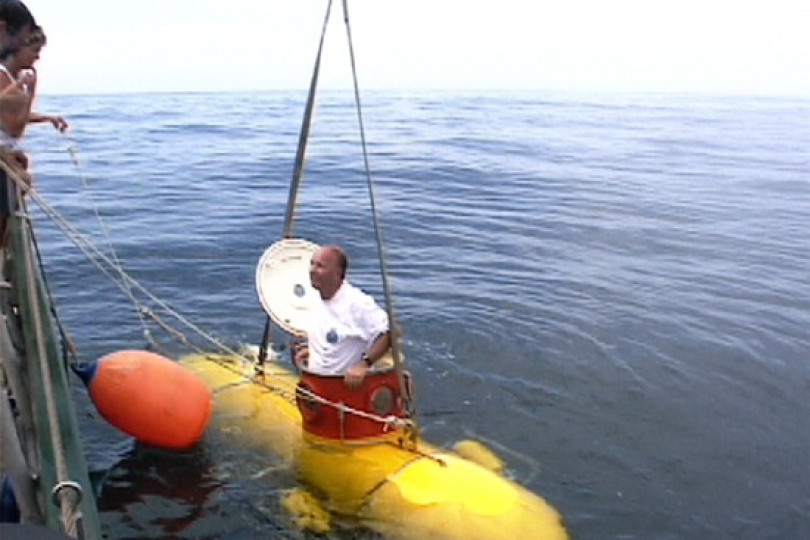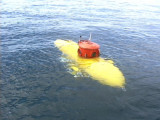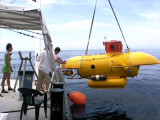Daniel Lance’s passion for underwater exploration began at young age
NO MATTER WHAT people say, television does influence children, says Local 28 (Newark, N.J.) member Daniel Lance. A 30-year field construction Boilermaker, Lance grew up watching such TV programs as “Diver Dan,” “Sea Hunt,” and “The Undersea World of Jacques Cousteau.” At a young age, he learned how to scuba dive and spent weekends diving off the coast of New York and New Jersey.
In 1982, he spotted an ad in the “Skin Diver” magazine for plans to build a two-man submarine. With Jules Verne’s story, “20,000 Leagues under the Sea” (that he read in the fourth grade), never far from his mind, Lance mailed his check for $300 to the Maine address listed in the ad.
The plans arrived, but that was all. It was not a kit project; the designer only supplied plans, and thus began Lance’s decades-long pursuit of supplies — and time — to build his submarine.
The plans called for pressure-vessel-quality steel. Lance contacted several area steel suppliers and shops that built pressure vessels. The largest steel section came from a steel mill; smaller pieces came from a fabricator who built equipment for local oil refineries. Lance did all the welding and most of the machining himself, except for a few components that required a larger lathe than he owned. He estimates he spent about 2,000 hours building the sub, which he officially launched from a friend’s dock in Beaufort, N.C., in June 2000. The initial test run proved successful — all he had to do was tighten one hull fitting and add 100 pounds of lead ballast (to help balance the vessel).
“Progress was directly related to the availability of time and money,” Lance explained. “When I was working, I had money, but not much spare time. When I was laid off, the opposite was true. On any given weekend, you could find me laboring away in the workshop behind my house. I could never have accomplished this without my wife’s understanding and support.”
Lance figures he spent about $30,000 to build his sub, which includes the cost of underwater communication equipment. The vessel is 14-feet long, including fore and aft main ballast tanks. The pressure hull is three feet in diameter and eight feet in length.
The sub weighs 4,300 pounds and can carry two people. Its three motors are powered by eight deep-cycle batteries (endurance is equal to an electric golf cart driving around an 18-hole golf course).
It has eight acrylic view ports, a dive depth of 350 feet, and dive time of six to eight hours with a 72-hour back-up oxygen supply on board. The sub’s top speed is five knots. Depending on underwater visibility (compare it to driving your car in fog), Lance says you don’t want to go too fast anyway, as you’ll miss out on the view.
Lance’s retirement plans include diving his submarine off the coast of North Carolina and Florida so he can hunt for shipwrecks, explore marine geology, and collect rare sea shells. “Seventy percent of the earth’s surface is covered by water,” Lance says. “Who knows what I might discover!”








